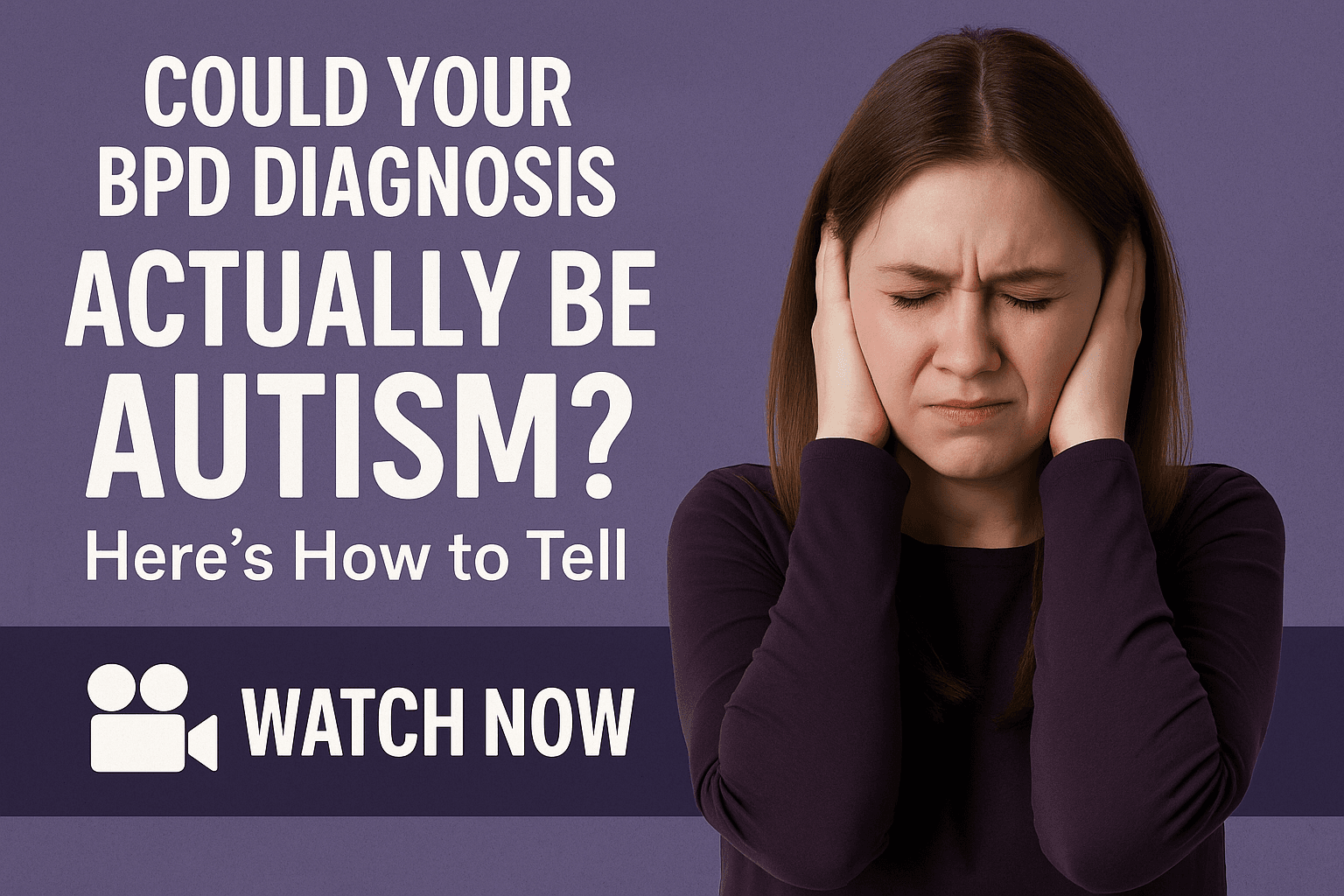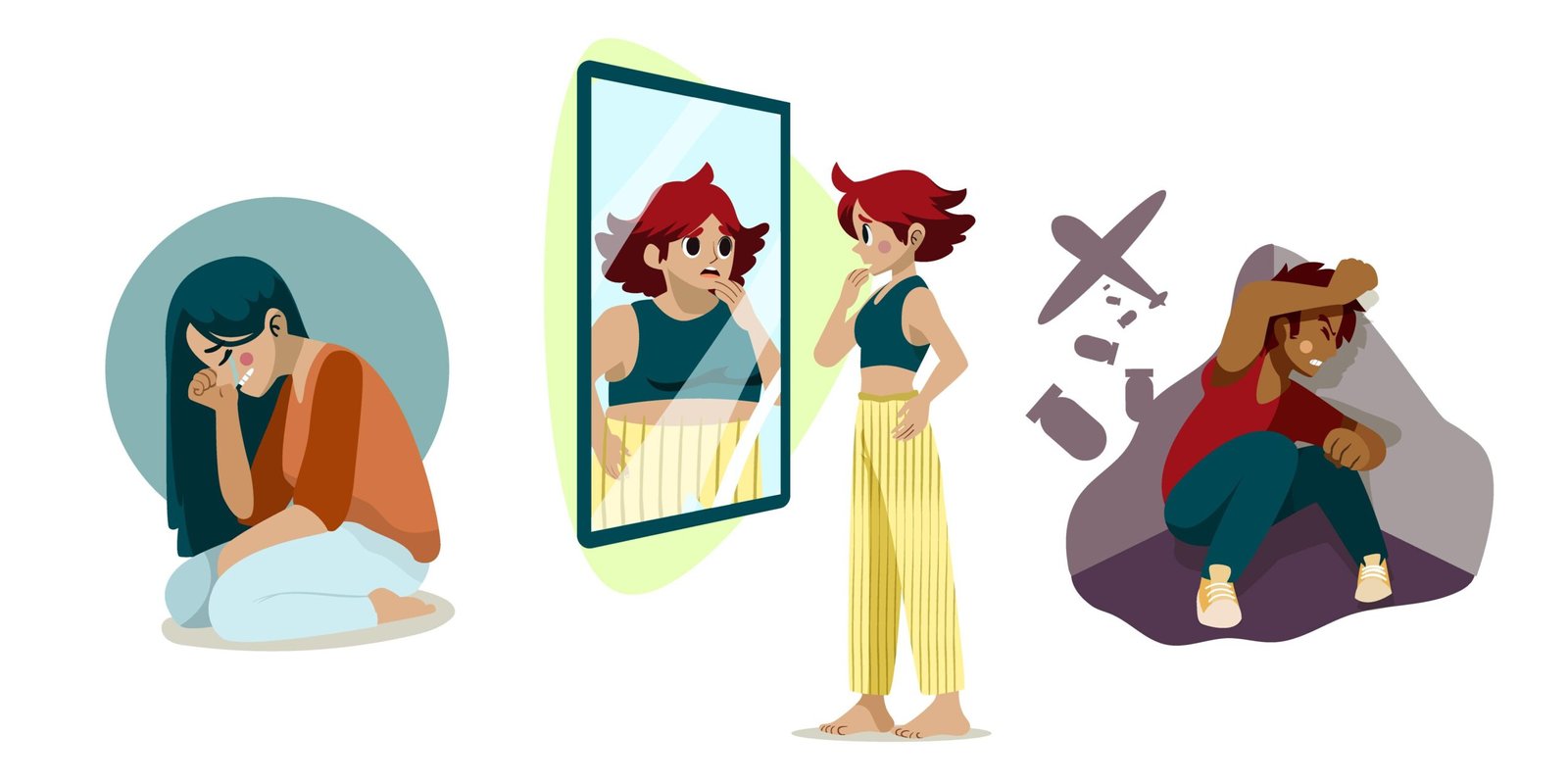If you’ve ever felt like your emotions were too much… like your relationships were chaotic and exhausting… or like the world was just too loud, too fast, or too confusing—you may have been diagnosed with Borderline Personality Disorder (BPD).
But what if that diagnosis didn’t fully explain your experience?
For many women and gender-diverse adults, Autism can often be misdiagnosed as BPD. And when that happens, it can lead to treatment that doesn’t address the actual source of emotional distress. While Dialectical Behavior Therapy (DBT) can be incredibly helpful, it may not be the best fit if your core struggles are related to sensory processing, communication differences, or neurodivergent needs.
This therapist-led video breaks down:
- The emotional differences between BPD and Autism
- How to identify whether your overwhelm is caused by social rejection or sensory overload
- What support actually helps when you’re navigating one—or both—conditions
🎥 Watch the full breakdown right here:
What If Your “BPD” Is Actually Autism?
💬 Want to Start Understanding Your Emotions More Clearly?
Whether you’re managing intense feelings, exploring a diagnosis, or just trying to get unstuck, one of the most powerful first steps is this:
👉 Learn how to name what you feel.
That’s why I created the free guide:
🟣 How to Name What You Feel—and Why It Matters
Inside, you’ll find:
- Simple prompts to identify emotions more clearly
- Insights into what your feelings are trying to tell you
- A foundation for emotional regulation—no matter your diagnosis
This guide works for anyone—whether you’ve been labeled with BPD, Autism, both, or neither.
🟣 Download it free here →
https://www.suzettebray.com/resource/how-to-name-what-you-feel-and-why-it-mattersfreebie/







